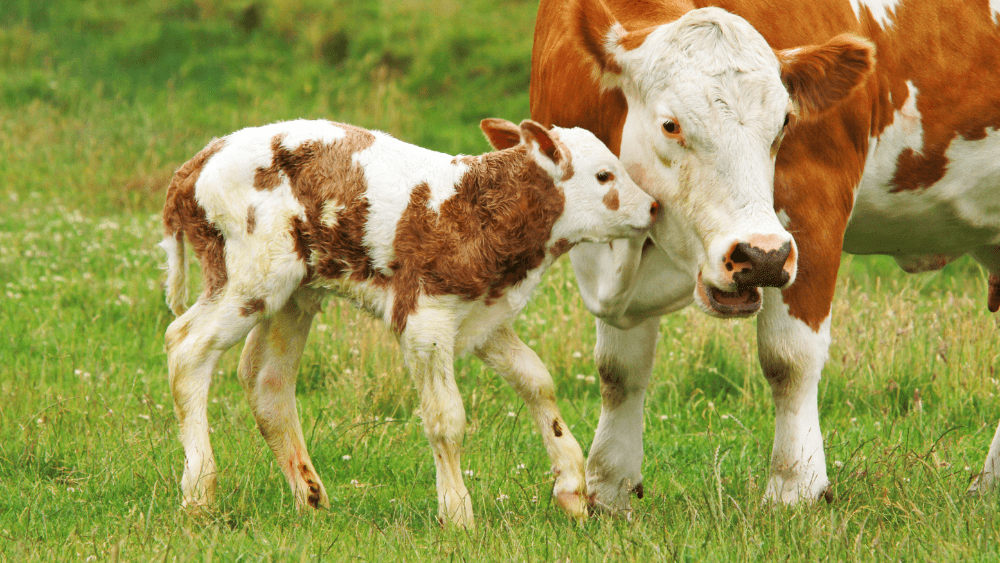
Many beef and dairy calves will be born in the next three months. As spring calving season approaches, University of Missouri Extension experts stress the importance of properly caring for newborn calves.
According to Stacey Hamilton and Scott Poock at MU Extension, it is critical that newborn calves receive high quality colostrum. A calf may receive the colostrum directly from the cow, by bottle feeding or via an esophageal tube. Using an esophageal tube feeder is the best way to make sure a calf gets enough colostrum or for use when a calf is weak.
Hamilton and Poock offer the “quick-quantity-quality” formula:
- Quick. Calves are born with naive immune systems, so they require the passive transfer of antibodies from colostrum. Absorption of colostrum antibodies (immunoglobulin G, or IgG) drops to zero just six to 12 hours after birth. The first feeding should be within two to six hours of birth and the second within 12 hours.
- Quantity. The first feeding should contain 4 liters for Holstein cows and 3 liters for Jersey cows. The second feeding should contain only 2 liters.
- Quality. The IgG concentration of colostrum must be accurately measured to ensure quality. This cannot be done visually; accurate measurement requires use of a colostrometer or Brix refractometer.
Officials say when using a colostrometer, the colostrum must cool to room temperature to yield an accurate reading. For the first feeding, use only “green” colostrum, or colostrum with a density of 50 grams IgG per liter or more.
Most importantly, Hamilton and Poock say, all equipment must be kept clean.
“If we won’t eat off of it, then it is not clean enough for a calf,” Hamilton said.
When caring for newborn calves this spring, remember the three Q’s: quick-quantity-quality.


